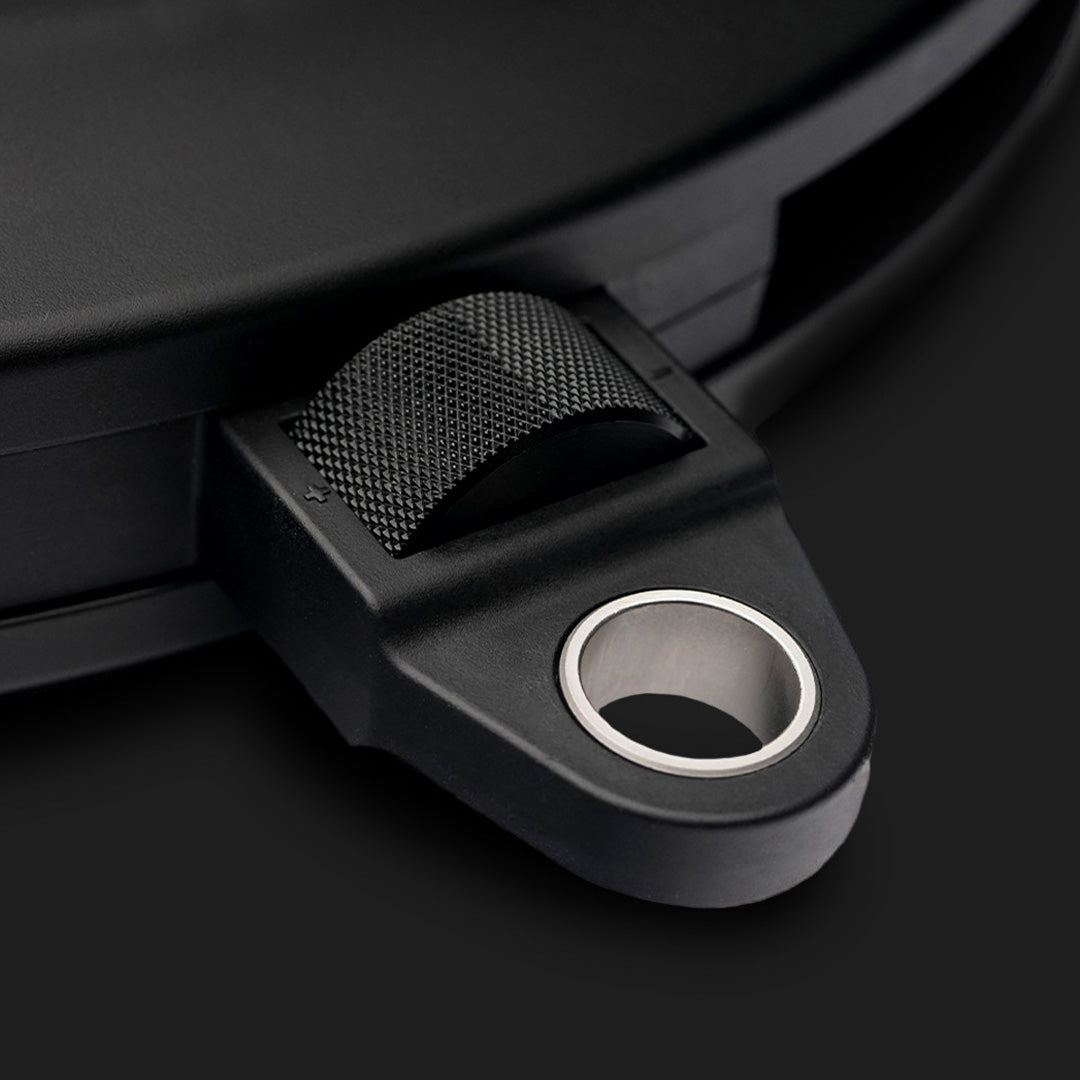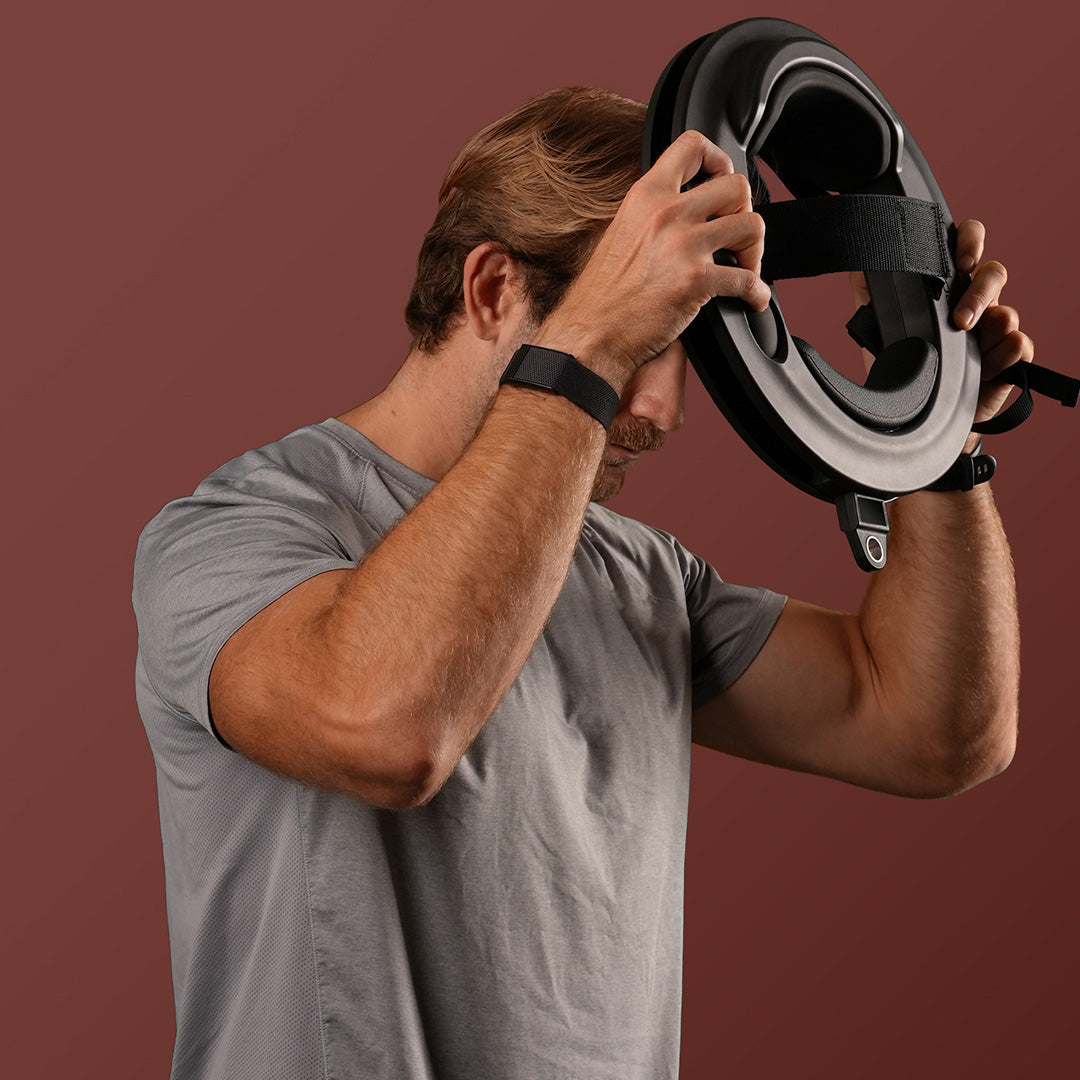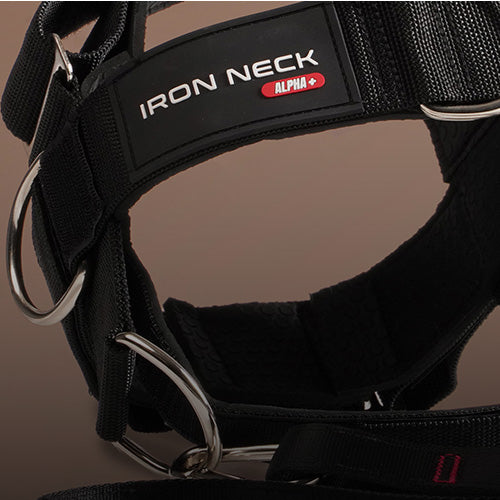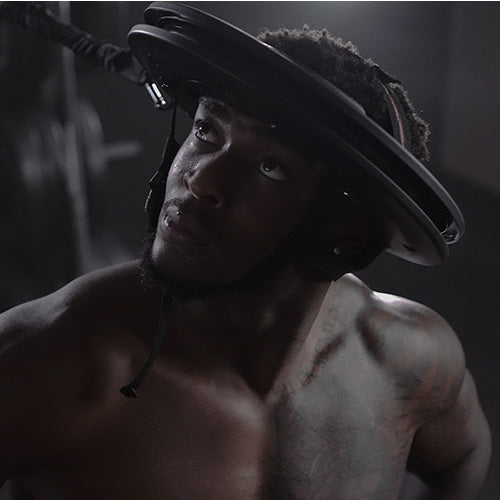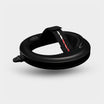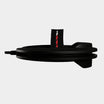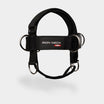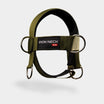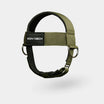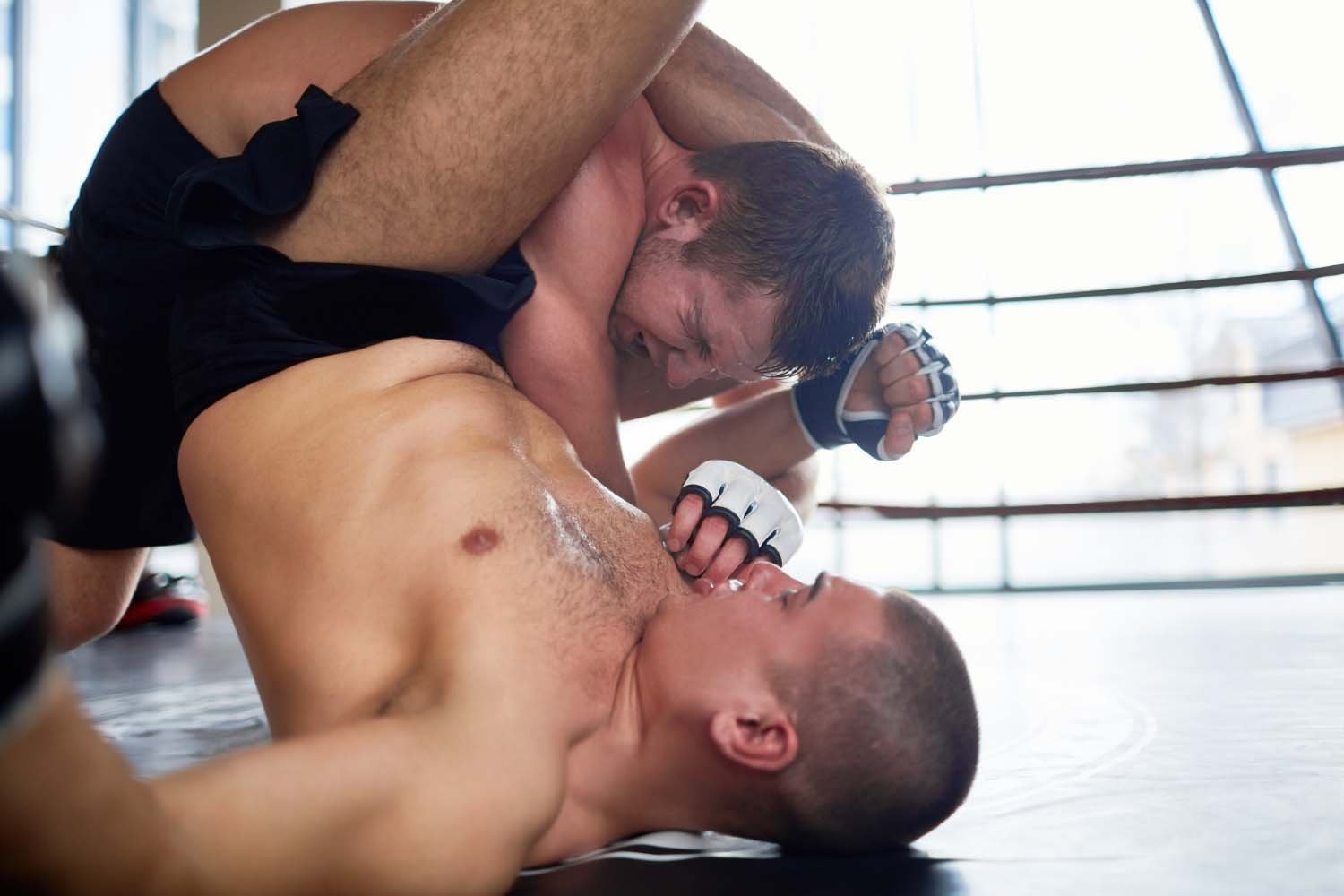Most contact sports at least nod in the direction of protecting players' necks. Football has its facemask and horse-collar fouls, and some players wear a protective neck collar to prevent whiplash. Hockey uses the high-sticking penalty to deter players from bringing their stick above their shoulders, and, therefore, their opponents' shoulders, protecting the neck, face and head. For Brazilian jiu-jitsu fighters, though, not only is the neck in-play, it's game on. Some federations ban some of the more dangerous moves around the neck, such as the neck crank, but overall the best ways to keep the neck safe in Brazilian jiu-jitsu are through technique and building neck strength.
The already thin line between training for performance and training for injury prevention vanishes when training for combat sports like Brazilian jiu-jitsu or MMA.
"Especially for wrestling you need a strong neck," says UFC fighter Frankie Edgar, who wrestled in high school and college before becoming UFC's king of the upset. "You're on your neck the whole time. My neck's definitely been banged up - I had a couple of epidurals some years back. In fighting, a strong neck helps you take a punch and even defend chokes. It’s a huge asset to train your neck and not neglect it - train it specifically."
"Training the old school way would just beat you up all the time. Now it's about minimizing the damage."

Few athletes represent their sport and longevity within their sport like Jean Jacques Machado. Brazilian jiu-jitsu is literally in his family. But good genes won't do much more for a Machado than any of the rest of us when up against the intensity Machado demands of his body.
"I've been doing this for over 40 years. Never had any injury," Machado said. "People ask me why I never had an injury. Because of the preparation to avoid injury. It's not after you get hurt. It's always preventing. Exercises that make sure your joints are right, your muscles are right."
Strong Neck Muscles May Protect the Major Blood Vessels to and from the Brain
Research with football players has shown a strong relationship between neck circumference and concussion risk, as well as neck strength and concussion risk. Although neck circumference and strength mostly develop together, an athlete can have a large neck without a high relative amount of neck strength. The extra girth can help reduce the whiplash effect by simply giving a wider base of support relative to neck length, therefore limiting the amount of uncontrolled movement upon impact.
A similar phenomenon could be a factor in Brazilian jiu-jitsu. The mechanism by which choke holds work is pressure upon the carotid artery. When a fighter taps out under a choke hold, he's responding to biological imperatives, not fight tactics.
While there has not yet been a similar study in combat sports as in football, it stands to reason that more muscle mass surrounding the carotid arteries and other blood vessels of the neck will attenuate the compressive effects of any amount of force applied by a fighter. If that muscle mass is well-developed and responsive, and can generate significant tension, the protective potential goes up. A thick or strong neck - better yet, a thick strong neck - can protect the fighter's vital blood vessels, keeping her in the fight today and making her more resilient for the next one.
"Sometimes you get in a hairy situation with a choke or a neck crank," Edgar says. "Like all sports, it's a game of inches. If my neck is a little stronger, if I can withstand an inch more or a second more, it could be the difference between winning or losing. Any advantage you can get is going to be a plus."
Train the Neck for the Movements and Positions of a Fight
Across all sports, improper movement patterns are at the root of many sports injuries. When movements are not properly trained, the wrong muscles function in the wrong way, increasing stress on those muscles and the surrounding joints. Over time, this weakens the athlete and sets the stage for injury, one that can come on gradually or one that can happen when you do the wrong thing just one time too many.

"Most of my injuries are overuse injuries," Edgar says. Like many fighters, he's had pain and "tingling" across the shoulder girdle and down the arm. "I lost some strength in the right and left hands at one time or another. After getting my full range of motion back and then training through it, I don't get the pain down the arms at all any more."
Shrugging is one of the most common movements in life, sport and the gym. It's also a frequent movement to escape holds in Brazilian jiu-jitsu, often in combination with lateral movement.
Improper shrugging techniques or shrugging while under the pressures and disadvantaged positions of a fight can wreck the proper activation patterns around the neck and shoulder. Muscles of the neck insert on the first rib and the clavicle. Repetitive strained shrugging can cause the neck muscles to pull the first rib up and out of place - not a full dislocation, but enough to cause pain and reduced range of motion in the trapezius. By the time things reach this point, the fighter will need more than corrective exercises to get back to fighting shape. This is time out of the gym and out of the arena.
Edgar trains his neck in the positions and postures it has to handle during fights. "When I've got on the Iron Neck, I'm in an athletic stance or fight stance, sometimes in a wrestling stance. You're not just loading up resistance - your finding what's conducive to recovery, therapy, range of motion, making sure your position is good."
Most people would benefit from a bit more attention to their cervical spine. Sitting at a desk, looking down at a phone, folded up in a chair - many positions and postures of everyday life team up against a healthy cervical spine.
Brazilian jiu-jitsu fighters add an entirely new dimension to it. They are frequently tumbling over their necks. Sometimes their neck is absorbing way more compressive force than nature intended because of an inverted hold. At times they are using their neck to help execute a hold. "In jiu-jitsu, a lot of things are like a circle," Jean Jacques Machado says. "I'm not just going forward and back. And the amazing thing for me is with Iron Neck I have all of those without losing the resistance. That's the main thing."
All of these different actions in combat sports require not just a strong neck but a reactive neck. The muscles of the cervical spine have to do more than flex, extend and rotate - they have to be primed for anti-flexion, anti-extension and anti-rotation. They have to do everything and not let all those things be done to them by someone moving rapidly and aggressively.
UFC fighter Rose Namajunas has been there. "Everyone knows I landed on my neck, but before I landed on my neck I had neck troubles. Looking back on an angle has always been tough on my C6, so [the diagonals] are one move I'm probably gonna do every day."
Never Skip Neck Day (Hint: They're All Neck Days)
The goal for neck strength training is for it to be on the same level as all the other forms and target areas of training - to reach the point where it's not on the fringe, or the "killer app" for a few elites, but right in the daily mix.
Jean Jacques Machado, unsurprisingly, is already there. To listen to him talk about neck training with the Iron Neck, you'd think he was talking about core training, metabolic conditioning or hip and shoulder mobility. "Copy the situations, know exactly what to do using all the equipment. That allows me to train [my neck] during jiu-jitsu training, after and before jiu-jitsu training. Sometimes I use Iron Neck as a warmup. And a lot of times when I want to use more, my body's warm, I do it after training."
 Edgar schedules his neck work based on where he is in the training cycle. "Three days a week out of camp, two days a week in-camp. The basic range of motion exercises are always good because you can get strength without loading it too much or risking it in any way."
Edgar schedules his neck work based on where he is in the training cycle. "Three days a week out of camp, two days a week in-camp. The basic range of motion exercises are always good because you can get strength without loading it too much or risking it in any way."Rose Namajunas integrates neck work into her warmup and cooldown at almost every session. As she moves her neck through its paces, she never takes her eyes off the why: "I'm about to have me a strong ass neck for this next fight."


